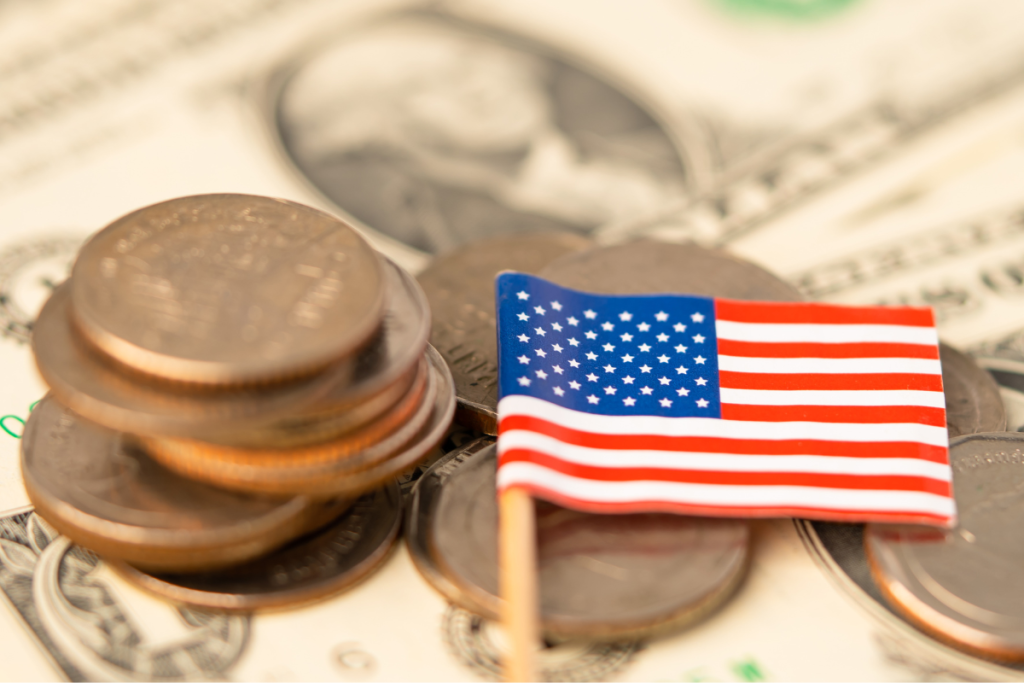Nearly half (42%) of U.S.-based suppliers identify tariffs as the top threat to their holiday business, according to new survey data from Coupa. With peak season approaching, suppliers, buyers, and consumers are recalibrating their strategies, balancing price increases, sourcing shifts, and cost-conscious behavior in response to rising trade friction.
Pricing Power Under Strain
Tariffs are emerging as a decisive factor in year-end planning. Coupa’s multi-market research, spanning suppliers, buyers, and consumers, shows that 49% of suppliers intend to raise prices, while 46% are actively stockpiling inventory. Sectors like toys and games (60%) and consumer electronics (50%) show the greatest sensitivity, with many scrambling to protect margins ahead of the holiday peak.
The majority of suppliers are limiting price hikes to between 5% and 10%, yet that still implies a potential $300 monthly hit to household budgets, enough to suppress discretionary spending. Coupa’s consumer survey also confirms that 88% expect to see costs passed on, and 67% are adjusting spending patterns accordingly. Non-essential categories like dining out and branded goods are already being scaled back in favor of generics and bulk buys.
Complicating matters further, buyers are reassessing sourcing strategies in light of tariff pressures. Three-quarters (75%) have increased or plan to increase nearshoring, 61% are turning to onshoring, and 56% still maintain offshoring. but with a directional shift away from China (36%), the U.S. (29%), and Germany (23%). As trade policy becomes more unpredictable, geographic diversification is no longer optional, it’s becoming structural.
Supplier Selection Is Now a Tariff Test
Procurement priorities are also shifting. Buyers are favoring suppliers that offer proven quality (60%), stable and competitive pricing (57%), and full compliance with regulatory expectations (42%). For industries dependent on holiday volumes, these criteria are now as critical as lead time or cost.
Among toys and games suppliers, 70% report plans to raise prices, while 30% of electronics suppliers are expanding onshoring capacity. These actions reflect a broader effort to rebalance exposure without derailing demand, especially with more than half of buyers (55%) expecting trade policy to negatively affect margins in 2025.
Coordinating Trade Response Across the Value Chain
The structural nature of these shifts suggests that AI or automation alone won’t resolve the challenge. The real differentiator may lie in how companies align sourcing, pricing, and customer response as part of a unified tariff strategy. As tariff regimes evolve and consumer price sensitivity grows more acute, organizations that coordinate across procurement, commercial, and planning functions, rather than reacting in isolation, will be better positioned to navigate this volatility without eroding their brand or bottom line.







